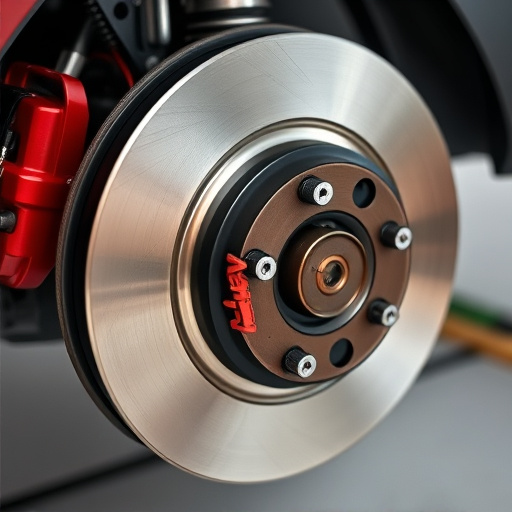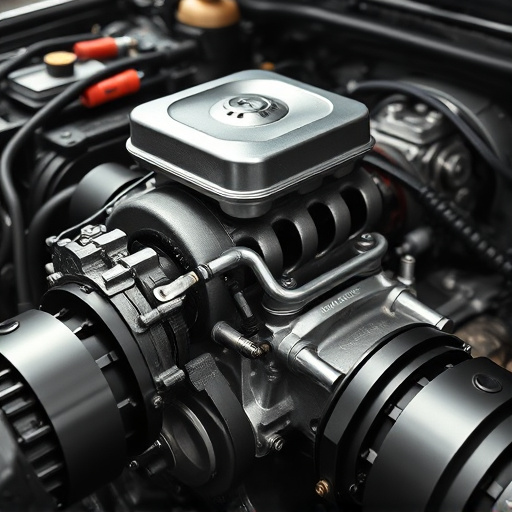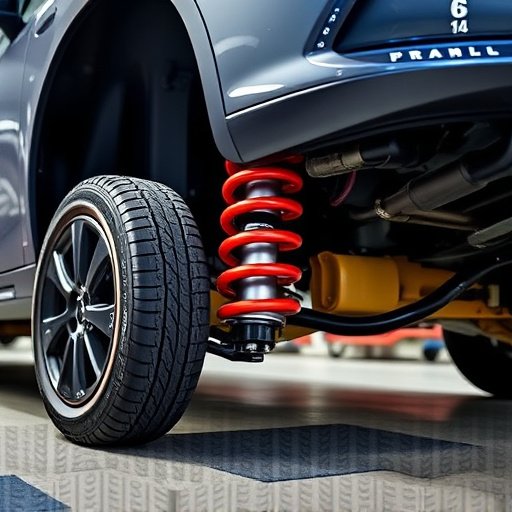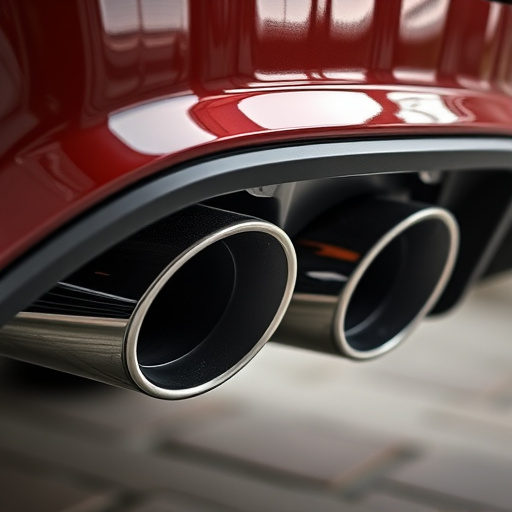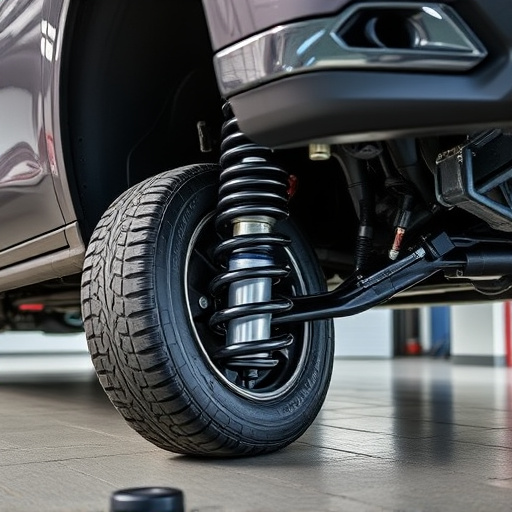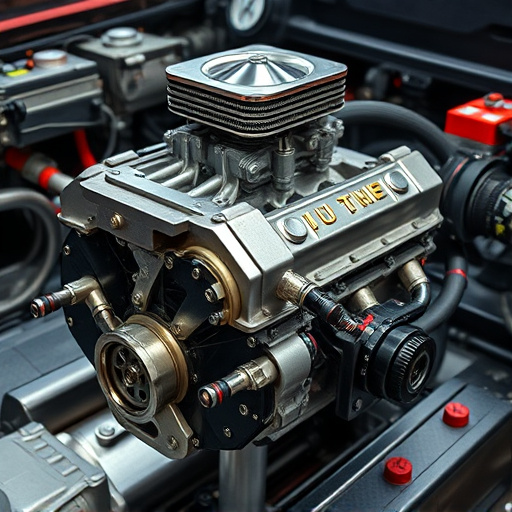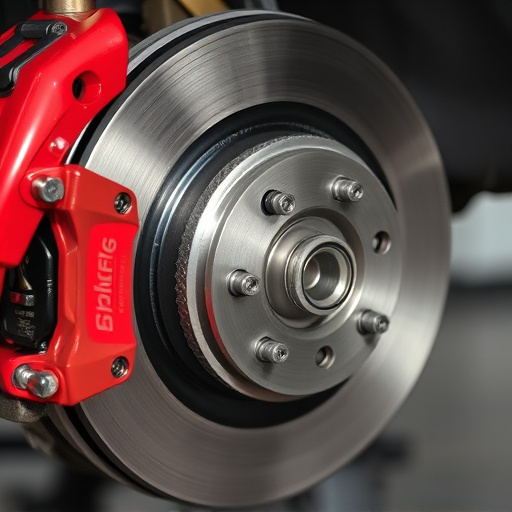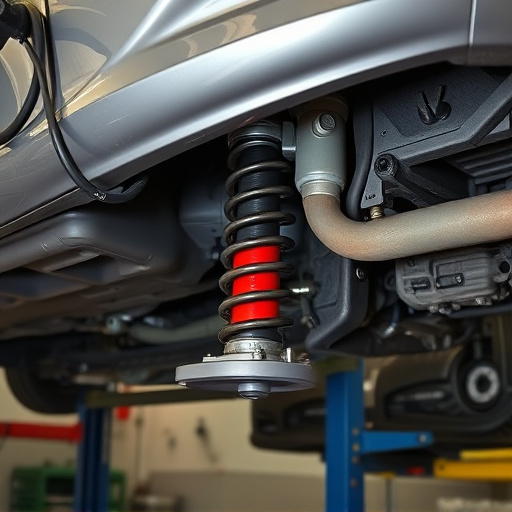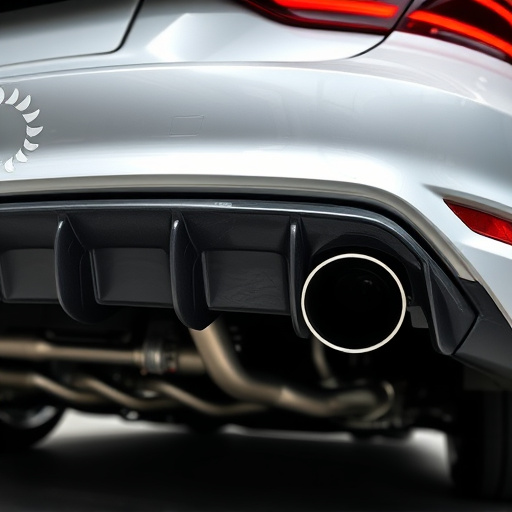Regular maintenance of brake pads and rotors is crucial for vehicle safety and performance. Organic/ceramic pads and solid metal rotors, susceptible to wear, corrosion, and warping, require routine inspection for signs like squealing, vibration, or damage. Prompt replacement prevents increased braking distances and decreased control, while regular checks alongside high-performance upgrades ensure optimal brake function, enhancing both safety and cost savings.
“Avoid common pitfalls with your vehicle’s brakes! This guide navigates the essential aspects of brake pads and rotors, components crucial for safe driving. We unravel the roles of these parts in stopping your car and highlight common issues like wear and tear. Learn to identify worn brake pads and rotors through visible signs and feel confident implementing effective maintenance strategies. By understanding these mistakes, you’ll ensure optimal safety on every journey.”
- Understanding Brake Pads and Rotors: Their Roles and Common Issues
- Signs of Worn Brake Pads and Rotors: How to Identify Them
- Effective Maintenance and Replacement Strategies for Optimal Safety
Understanding Brake Pads and Rotors: Their Roles and Common Issues
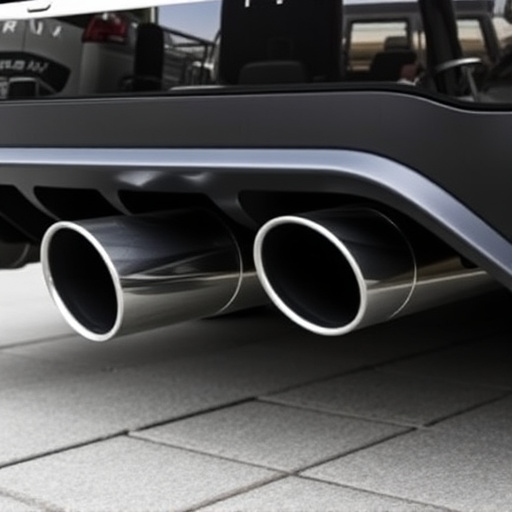
Brake pads and rotors are critical components that work together to ensure safe and effective braking. Brake pads, which are typically made from a combination of organic or ceramic materials, provide the friction necessary to slow down or stop a vehicle. Rotors, on the other hand, are solid metal discs that absorb heat generated during braking, and their condition directly impacts the overall performance air filters and responsiveness of the brakes.
Common issues with brake pads and rotors include wear and tear, corrosion, and warping. Over time, pads can become thin or contaminated, reducing their effectiveness. Rotors can develop cracks, spots, or warping due to uneven heating and cooling cycles, leading to increased braking distances and compromised performance brakes. Regular maintenance and timely replacement of these components are essential to prevent such problems, ensuring the safety and reliability of your vehicle’s stopping power, especially when relying on high performance parts.
Signs of Worn Brake Pads and Rotors: How to Identify Them
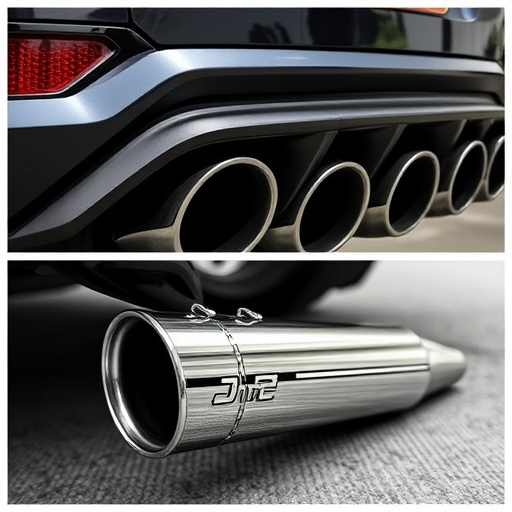
If you’ve been hearing squealing or grinding noises during braking or noticed a vibration while driving, it might be an indication that your brake pads and rotors have worn out. Visually inspecting your brakes can reveal signs of excessive wear, such as padding in the pads or noticeable pitting and scoring on the rotors. Worn brake pads often have a reduced friction area, leading to longer braking distances and decreased control over your vehicle.
To identify damaged rotor conditions, look for warping, cracks, or corrosion. A warped rotor can cause pulsing in the pedal and uneven braking performance. Cracks and corrosion, especially when severe, signal that replacement is necessary to prevent safety hazards. Regular maintenance checks can help catch these issues early, ensuring your brakes function optimally and enhancing overall vehicle safety with upgrades like suspension kits or performance exhaust systems.
Effective Maintenance and Replacement Strategies for Optimal Safety
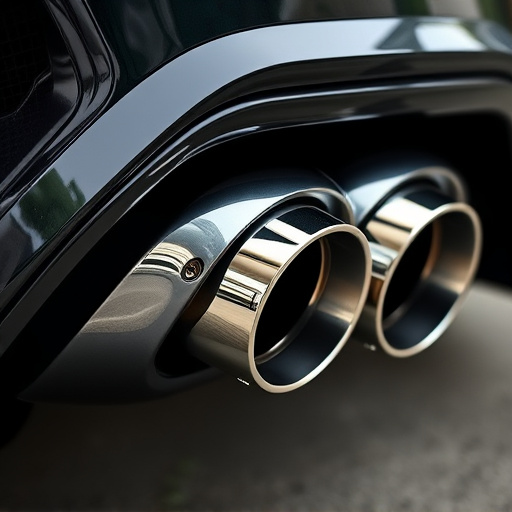
Maintaining your vehicle’s brake pads and rotors is a crucial aspect of ensuring optimal safety on the road. Regular inspection and timely replacement are key strategies to prevent common mistakes that can compromise braking effectiveness. It’s recommended to check for signs of wear, tear, or damage during routine maintenance checks. Thinning pads and worn-out rotors can significantly impact vehicle performance and increase stopping distances, posing potential hazards.
To avoid replacing them unnecessarily, stay vigilant for symptoms like increased noise during braking, vibrations, or pulsations in the pedal. These could indicate issues with the air intake systems or misalignment of rotors rather than immediate pad/rotor replacement. By adopting these effective maintenance practices, you can ensure that your brake pads and rotors are in top condition, thereby enhancing vehicle control and safety while also saving costs from premature replacements.
By understanding the critical roles of brake pads and rotors in your vehicle’s braking system, recognizing signs of wear early on, and adopting effective maintenance strategies, you can avoid common mistakes that could compromise safety. Regular inspection and timely replacement ensure optimal performance, ensuring a smooth ride and enhanced control over your vehicle.


